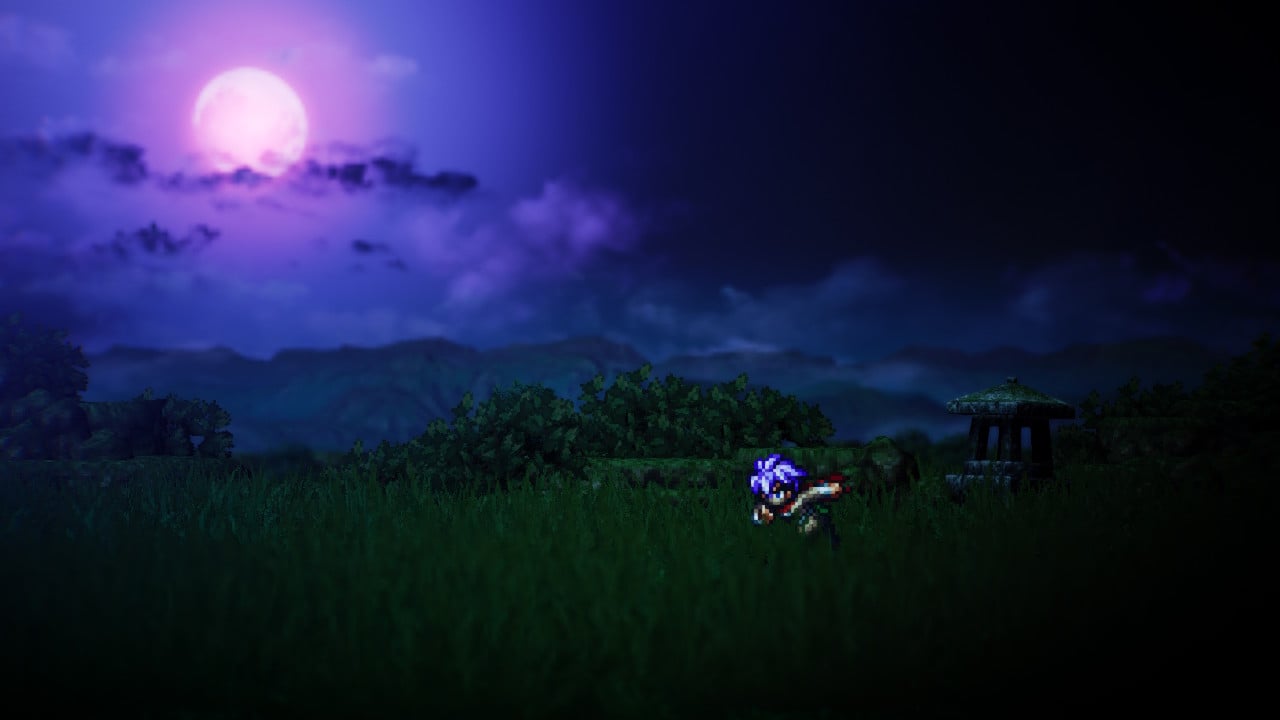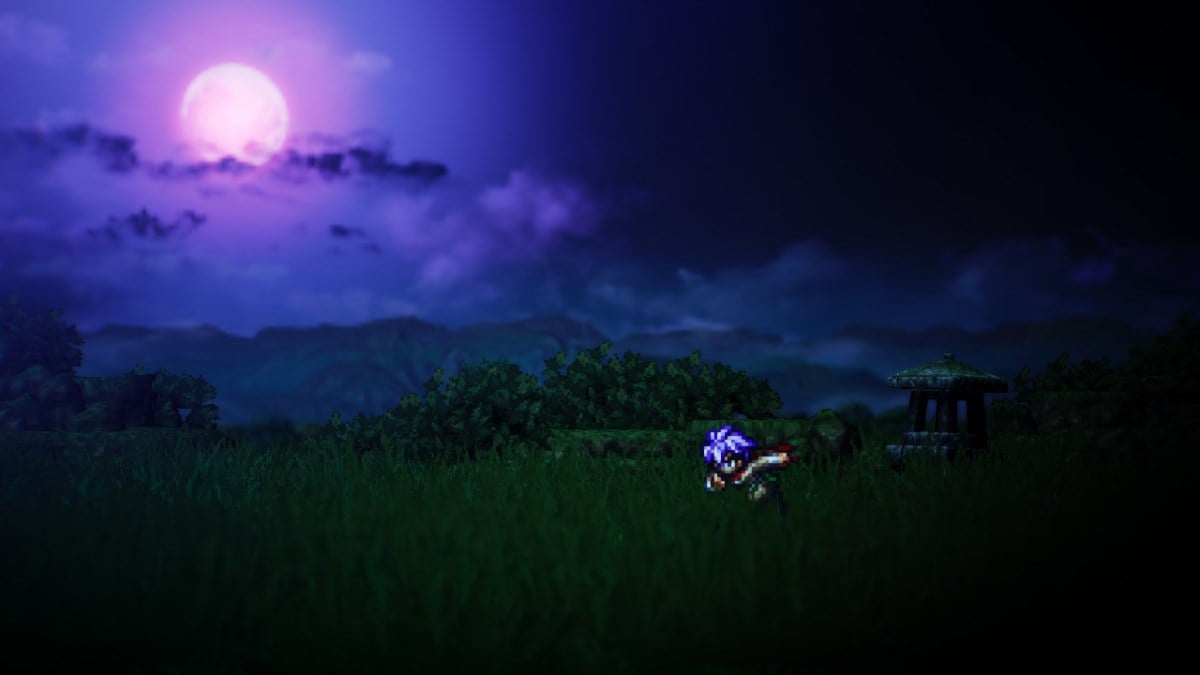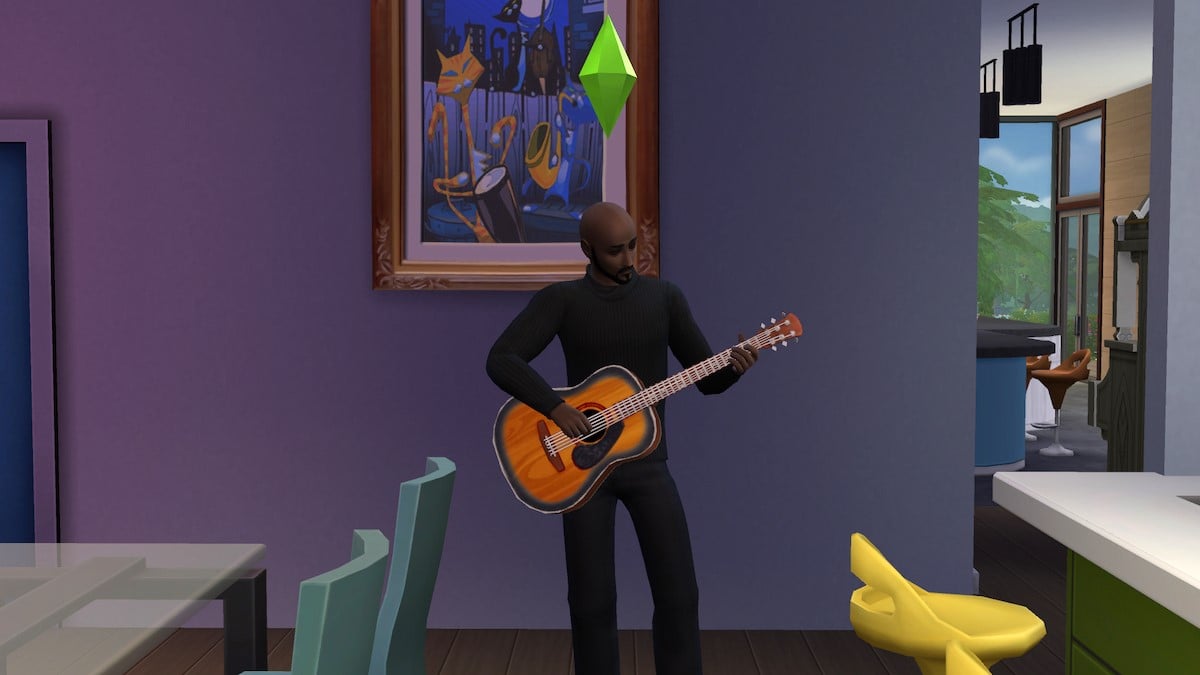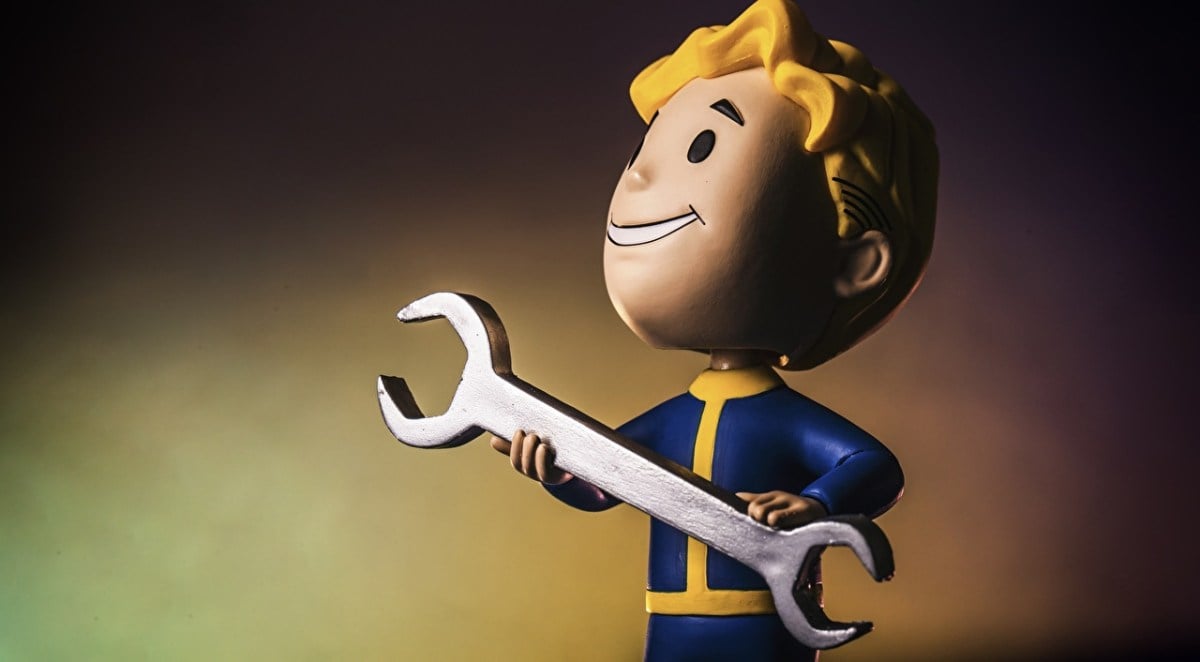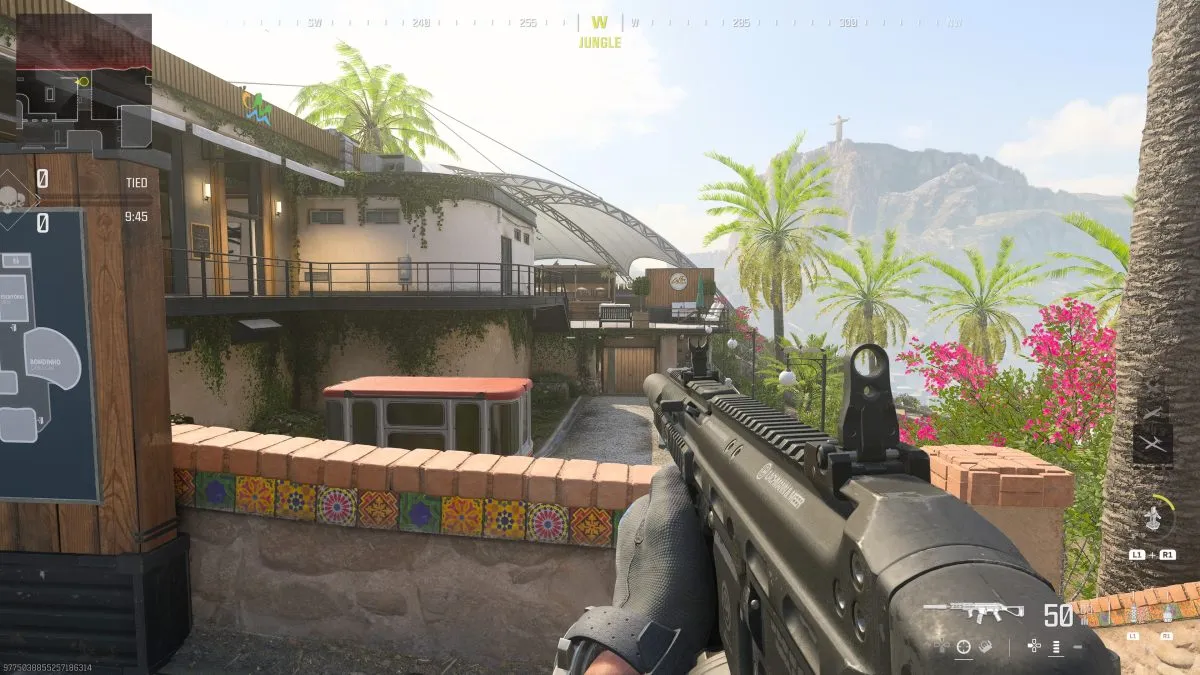Time after time
Before the internet was widely adopted (how to date yourself, 101), a lot of games lived in secrecy, particularly JRPGs. For me, Seiken Densetsu 3 was the granddaddy of them all. The phrase “Secret of Mana sequel” was enough to activate thousands of JRPG fan sleeper agents everywhere, which led to the proliferation of fan translations, and thus, the legacy of the game itself. But I couldn’t play everything back then, and Live A Live was another big JRPG that eluded me — until now.

Live A Live (Nintendo Switch)
Developer: Square Enix
Publisher: Nintendo
Released: July 22, 2022
MSRP: $49.99
We’re living in a golden age of gaming nostalgia, as far as many classic publishers are concerned. For other industries, it’s commonplace to see old media reborn and resold again. But given that gaming really took off in the ’90s, we’re truly starting to unprecedented growth in nostalgia mining. For Square Enix, the demand went into high gear with Octopath Traveler opening up a go-to retro-modern aesthetic blueprint. The 2022 Live A Live remake is one of the results of the retro RPG revival floodgates opening up.
Originally released in 1994 on the SNES, Live A Live was a highly experimental RPG that juggled multiple eras and storylines in a very ambitious fashion. Not all of it worked in the ’90s, and not all of it works now. But it’s still just as mesmerizing, and just as inviting for people who want to try something wild and weird.
For reference, here are the “core” Live A Live time periods you’ll be playing (I’ll refrain from mentioning specifics for the two that are unlocked):
- Prehistory
- Imperial China
- Edo Japan
- Wild West
- Present Day
- Near Future
- Distant Future
All of these feature their own protagonists, narratives, and mechanics — and link up over time. While the vast majority of the game is held together by a grid-based JRPG battle system (more on that later), Live A Live is largely story-driven, and each age generally has its own gimmick.
It’s probably best to describe each time period as its own little micro game. Some of them, like Imperial China, are more straightforward than others. With the China-based story, you basically acquire your party like you would with many other JRPGs, and explore a small collective of maps that would amount to a town and a few surrounding areas in a bigger game. You’re free to trek about with the addition of a radar (which shows you vaguely where to go next, as well as points of interest), or you can toggle that off and wander aimlessly.
A few stories are deeply traditional, but many of them branch off and offer up distinctly unique experiences. In Edo Japan, you play the role of a lone shinobi infiltrating a compound in a bid to save Japan from an unknown cataclysmic force. You’ll sneak around attempting to avoid combat (as many enemies are straight up way stronger than you) with a cute little stealth ability, and map out the palace as you go.
The present-day storyline in Live A Live has you “training to become the best” (with a classic training montage straight out of an ’80s action film), then selecting characters from a fighting game menu to battle, one by one, with no outward open map to speak of at the start. The near future era has a boy who can read minds, and is largely a story-driven experience, asking players to optionally trigger the ability to see what each NPC is thinking. You get the picture.
As you can imagine, not all of the periods hit as hard individually. Several can feel repetitive (especially ones that are combat-heavy without much in the way of progression or varied tactical nuances), and not every story is going to land for everyone. The micro-story strategy also has the unintended outcome of seeing strong narratives cut short, as there isn’t enough time to sink your teeth into them. Conversely, a few overstay their welcome. It’s the cost of the format.
Within each era, there’s also some light leveling mechanics — a few will start you at what could essentially be considered “max level” to speed you along, or prop up the theme of being strong already — and equipment conceits. Most are glued together by combat. Combat in Live A Live is governed by a grid system, where nearly every action, including movement, costs time. Moving is considered an action of sorts, and a full bar will allow you to act, usually with an ability (that can typically buff, debuff, heal, or deal damage). Each game has its own set of abilities you need to pick up on, some of which start out at the ground level and gradually grow in size, while others will just dump six or more powers on you at once.

The core strategy lies in positioning and range — and even counters have specific range requirements. At first, I expect some folks to rush in (movement-wise), and get completely wrecked. But very quickly you’ll start to learn the power of positioning, which is everything in Live A Live. When done correctly, you can use movement to your advantage, and almost lock out some enemies (especially if you have healing abilities). It’s fun to figure out, and once you’ve “solved it,” the game is mostly over. Again, it’s a common theme with Live A Live.
Aesthetically, the “HD-2D” concept, as Square Enix calls it, is beautifully implemented. The Wild West might be my personal favorite, but Edo Japan looks absolutely beautiful as a standout way to show off the game. The use of color really helps all these worlds pop, but the team had a wonderful source to work with, as the character and environmental concepts in the original were already fantastic. As for what to expect, they’re a few hours long each (or less), and, cementing the micro-game thesis, have their own opening and ending credits (and designers/artists).
If you do the math, accounting for a little extra time to finish everything up, that adds up to around 15-20 hours. At one time (read: the ’90s especially), not being a 50-to-80-hour JRPG was a cardinal sin, so it was dinged by a lot of people for that. But now that a lot of those folks are grown up and have to budget their time, they’ll relish a more compact experience. Live A Live is best experienced in spurts anyway. I had a lot of fun playing it on Nintendo Switch in portable mode for a bit, popping out of stories, then popping back in somewhere else. A few of them (Japan particularly) I preferred in TV mode.
As an experiment, even almost three decades later, Live A Live mostly succeeds. Because it’s unconventional at heart, it’s going to be a bit polarizing (especially at 50 bucks), just as it was back when it was released. Still, the juice is worth the squeeze if you’re a particular type of person who likes oddities, and stories that go for broke.
[This review is based on a retail build of the game provided by the publisher.]
